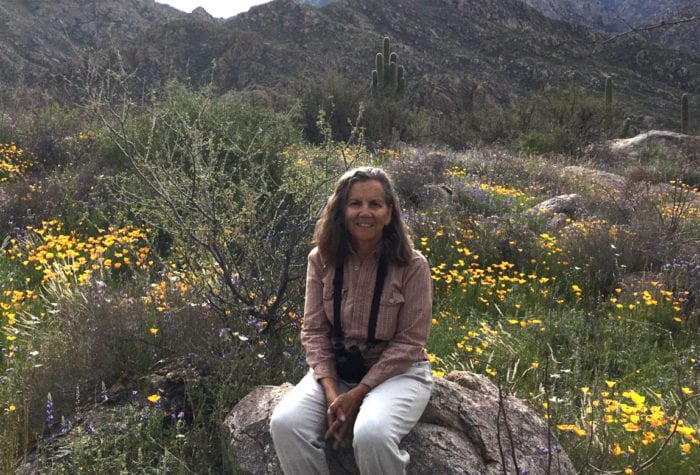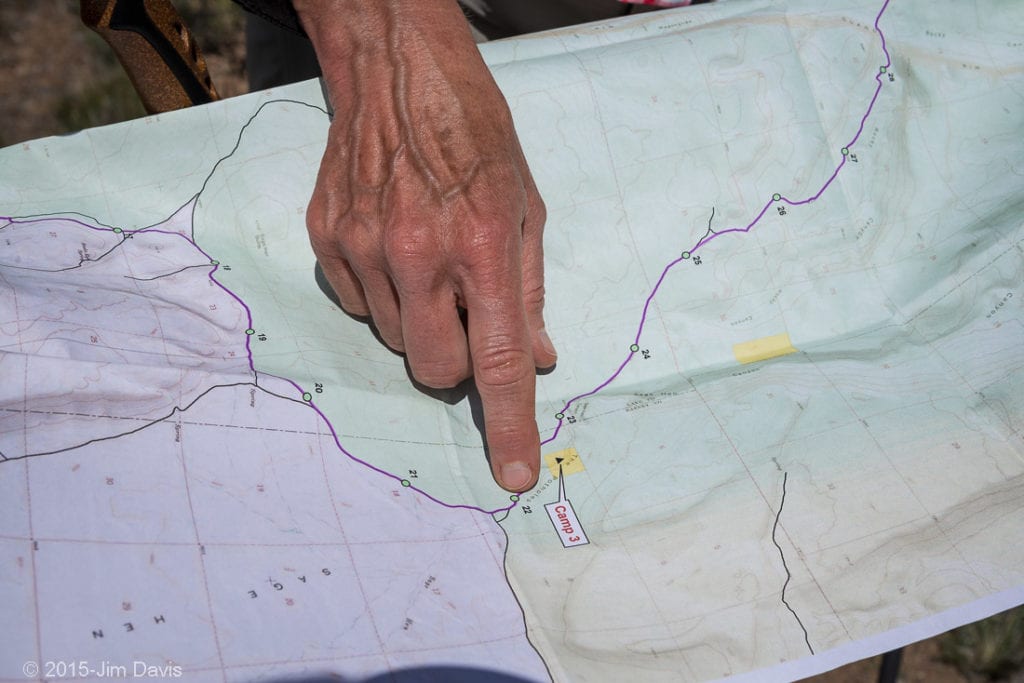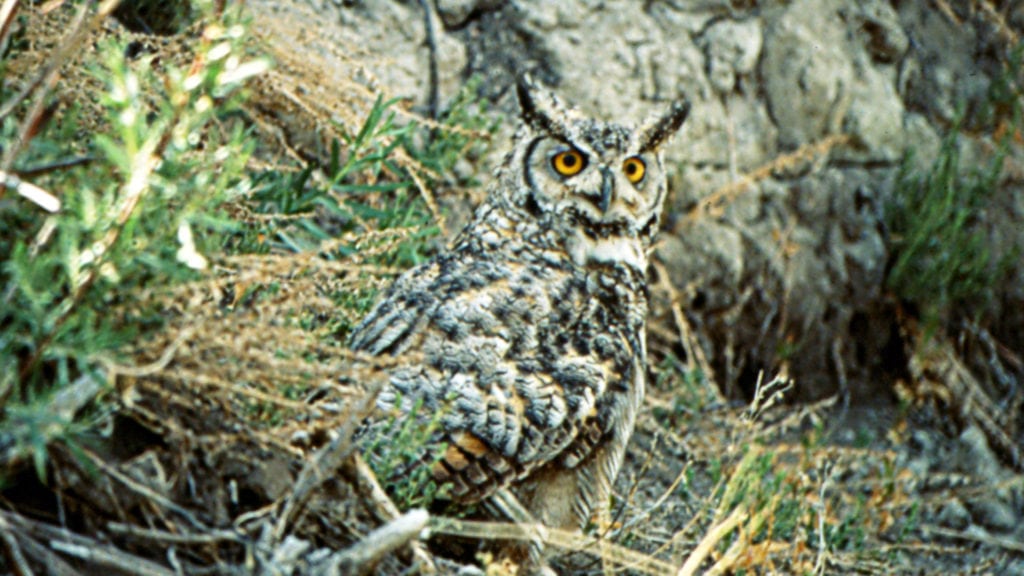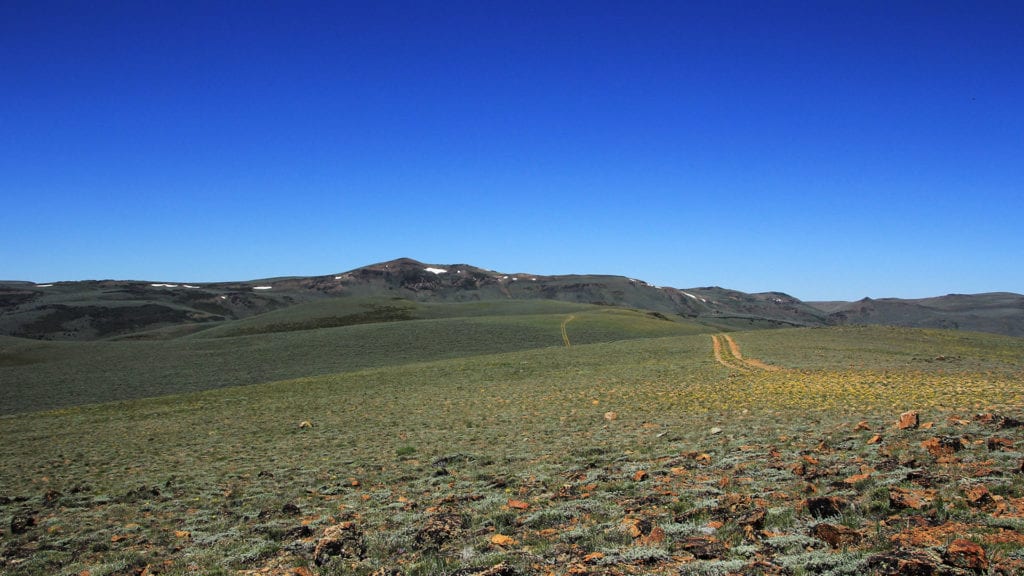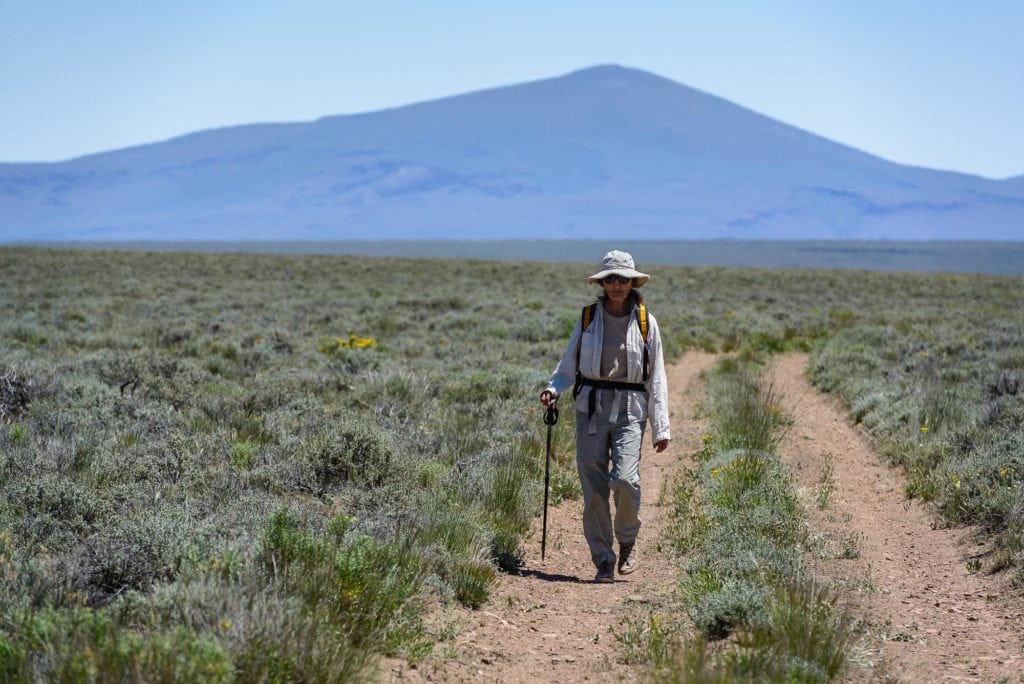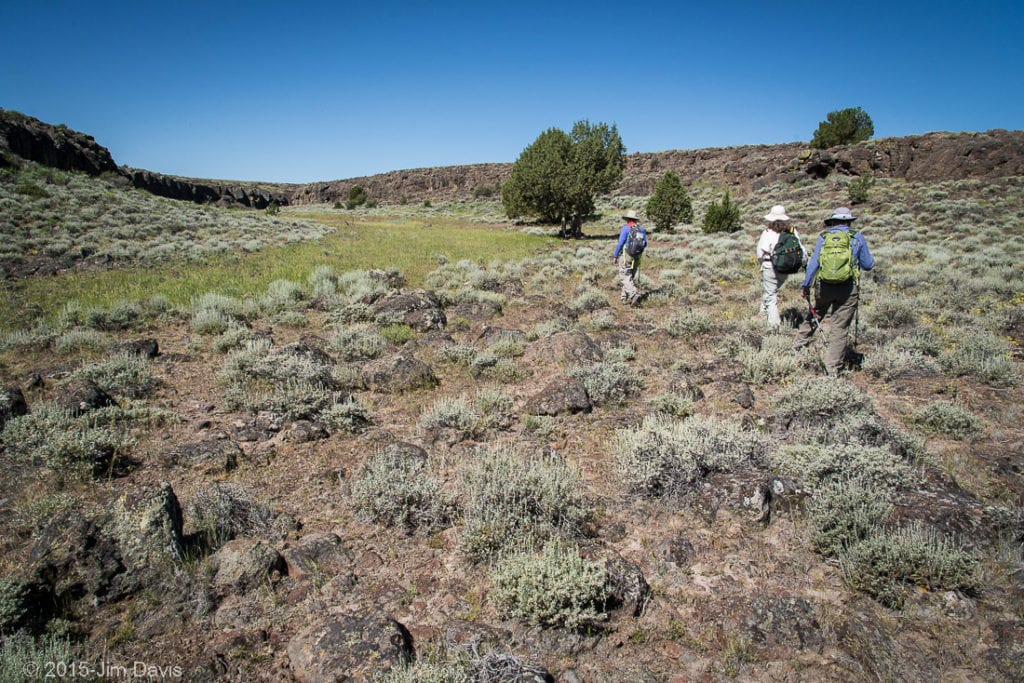Hart Mountain National Antelope Refuge lies at the center of the Greater Hart-Sheldon Region in southeastern Oregon. Few established trails cross this vast region. Instead, desert enthusiasts have endless opportunities to build their own adventure and experience the solitude of Oregon’s high desert.
Here are six tips that will help you make the most of your visit to this diverse and expansive stronghold of the sagebrush steppe.
